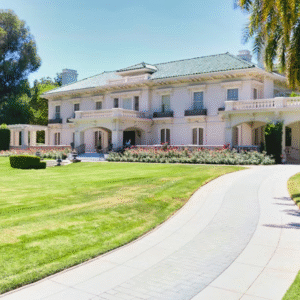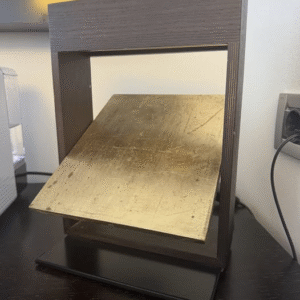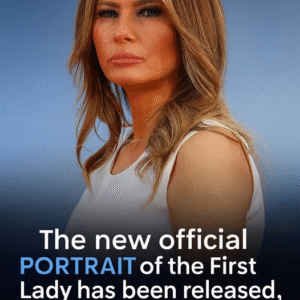President Trump has sparked controversy with his nine-figure plan to renovate the White House, choosing to gold-plate certain elements of the historic residence. Last week, his team announced that $200 million (£150 million) would fund a new ballroom.
“The White House is one of the most beautiful and historic buildings in the world,” the announcement read, “yet it currently cannot host major functions for world leaders without erecting a large, unsightly tent 100 yards from the main entrance.”
Gold Accents Spark Criticism
According to CNN, Trump began adding gold details just weeks earlier. This includes tiny gold cherubs over the Oval Office entryway. Journalist Kevin Liptak noted that many finishes resemble Trump’s private clubs, with some details imported from Mar-a-Lago.
Critics quickly voiced their disapproval. Some speculated that the lavish additions signal Trump’s intention to remain in the White House for a third term. Others questioned the priorities behind spending so much on decor.
Social Media Backlash
On X (formerly Twitter), users expressed outrage. One wrote:
“Trump is gold plating everything in the White House while cutting cancer research and Meals on Wheels.”
Another user added:
“I don’t know how you justify covering the White House in gold after cutting funding for cancer research and SNAP benefits for poor, hungry children. Explain it to me like I’m a starving child with cancer.”
Comments highlighted the stark contrast between luxury renovations and cuts to public programs:
-
“They are throwing kids off school meals and Medicaid while putting real gold all over the White House as if Saddam Hussein was president.”
-
“Trump is remodeling the Oval Office in gold after ordering a $200 million golden ballroom—all after cutting health care for 17 million Americans and taking food from hungry children.”
-
“Whatever your politics, all the gold in the White House is disgusting. America doesn’t do this. We don’t have palaces. Or kings. Or… well, we didn’t use to.”
SNAP Cuts Fuel Public Outcry
The backlash intensified after CNBC reported that the administration’s “Big Beautiful” reconciliation package includes substantial cuts to the Supplemental Nutrition Assistance Program (SNAP). As a result, 22.3 million U.S. families will lose or have already lost benefits, including basic food aid.
The New York Times noted that this represents the largest decrease in SNAP since the program began in 1939 during the Great Depression.





